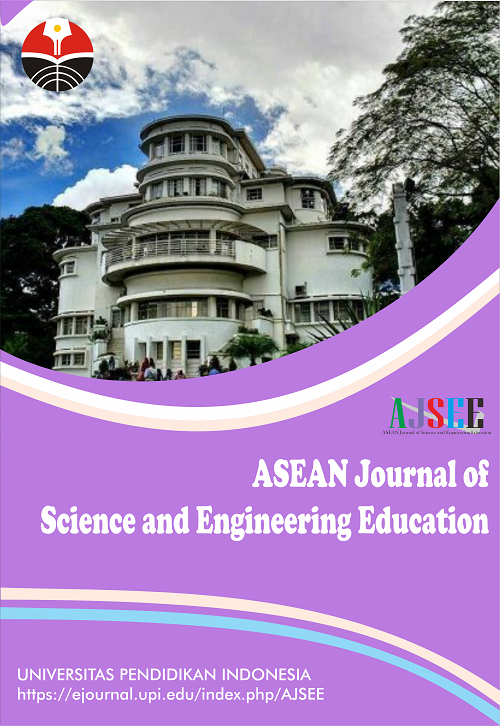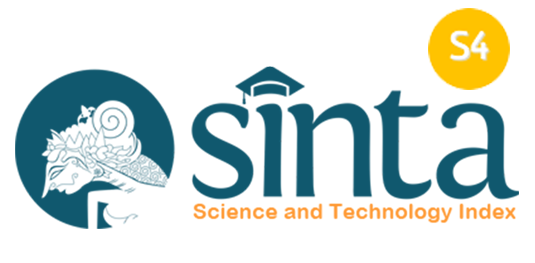Design of Micro-Controlled Swimming Pool Water Quality Monitoring System with SMS Notification for Educational Purposes with Cost Analysis
Abstract
Keywords
Full Text:
PDFReferences
Geetha, S., and Gouthami, S. J. S. W. (2016). Internet of things enabled real time water quality monitoring system. Smart Water, 2(1), 1-19.
Gokulanathan, S., Manivasagam, P., Prabu, N., and Venkatesh, T. (2019). A GSM based water quality monitoring system using Arduino. Shanlax International Journal of Arts, Science and Humanities, 6(4), 22-26.
Hasanah, L., Hakim, W.L., Aminudin, A., Sahari, S.K., and Mulyanti, B. (2020). A design and performance analysis of a telemetry system for remote monitoring of turbidity of water during the covid-19 pandemic. Indonesian Journal of Science and Technology, 5(2), 299-307.
Nandiyanto, A. B. D., Sukmafitri, A. J. E. N. G., Ragadhita, R. I. S. T. I., Oktiani, R. O. S. I., Haristiani, N. U. R. I. A., and Hamidah, I. (2019). Conventional filter for the water treatment system in rural area. Journal of Engineering Science and Technology, 14(4), 2090-2097.
Pantjawati, A. B., Purnomo, R. D., Mulyanti, B. U. D. I., Fenjano, L. A. Z. U. A. R. D. I., Pawinanto, R. E., and Nandiyanto, A. B. D. (2020). Water quality monitoring in Citarum River (Indonesia) using IoT (internet of thing). Journal of Engineering Science and Technology, 15(6), 3661-3672.
Raam, V. C., Amrish, M.S., and Balaji, S. H. (2019). Design and analysis of work holding fixture in a shaft bearing test rig. International Research Journal of Engineering and Technology (IRJET), 6(3), 66-69.
DOI: https://doi.org/10.17509/ajsee.v4i1.58093
Refbacks
- There are currently no refbacks.
Copyright (c) 2023 Universitas Pendidikan Indonesia

This work is licensed under a Creative Commons Attribution-ShareAlike 4.0 International License.














